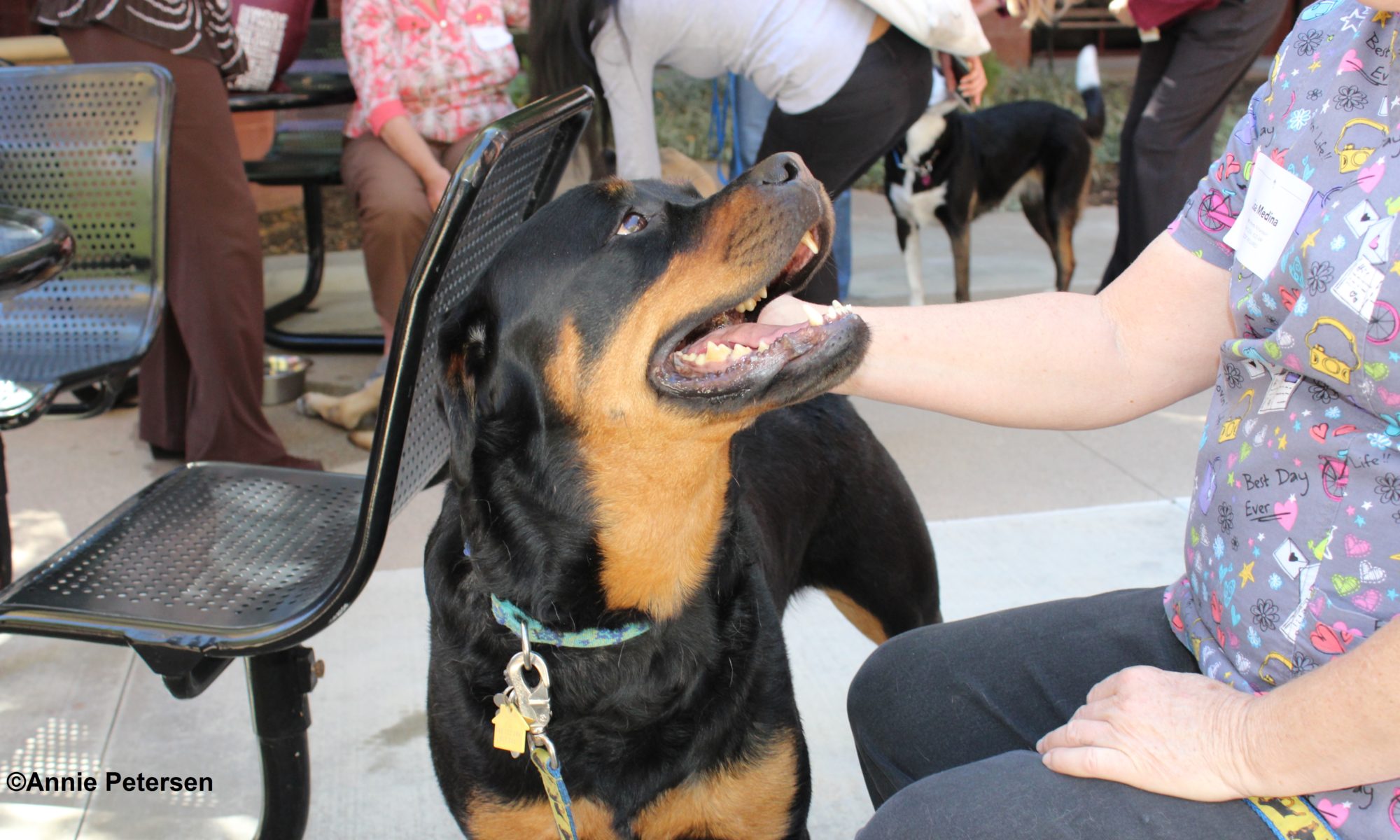Presented by Alicia Phillips Buttner and Rosemary Strasser, University of Nebraska at Omaha – ISAZ 2013
Over the last decade, there has been renewed interest in understanding the mechanisms that control contagious yawning. Contagious yawning has been linked to empathy in humans and other primate species. However, cross-species studies of contagious yawning between dogs and humans have reported less consistent findings. It has been suggested that contagious yawning in dogs may be the results of stress rather than low-level empathy, since dogs produce “tension yawns” in uncertain situations.
We investigated the role of arousal in what has been interpreted as yawn contagion in dogs in order to better understand the physiological processes that underlie yawning in a stressful context. Sixty shelter dogs were exposed to yawning and non-yawning control stimuli demonstrated by an unfamiliar human. We took salivary cortisol samples before and after testing to determine the role of arousal in yawn contagion. The cortisol levels of dogs that yawned only in response to human yawning remained elevated following testing, whereas other dogs had reduced cortisol levels relative to their baseline levels.
These findings are in contrast to current ideas in the dog training community that dogs perceive human yawning as a calming signal that reduces stress. We suggest that arousal states may have a substantial influence on how human yawns are perceived by dogs. Specifically, when a human yawn is presented in situations of uncertainty when arousal is high, as in shelter dogs, it may be perceived as a signal for stress. Some dogs then yawn as a means of displacing internal anxiety. Therefore, yawning between humans and dogs may involve some communicative function that is modulated by context and arousal.


